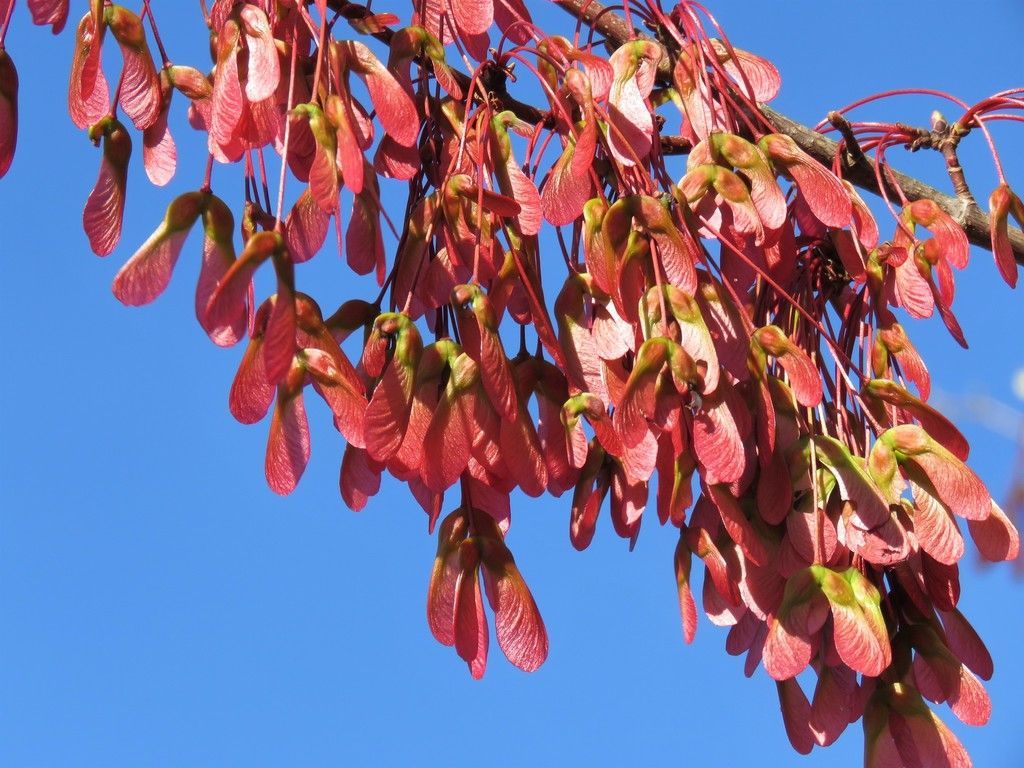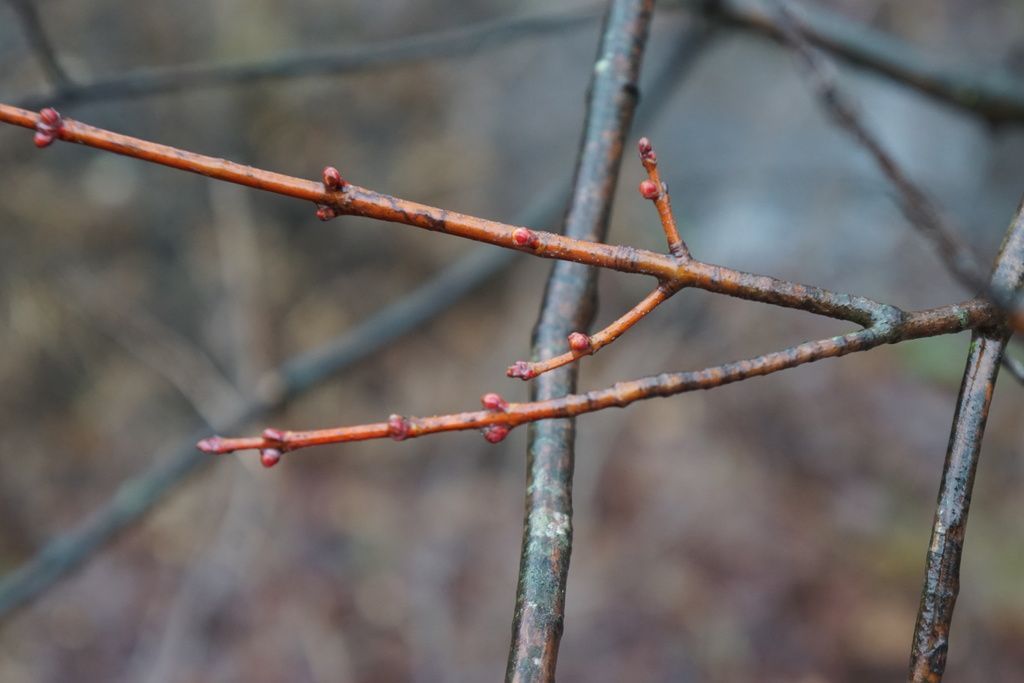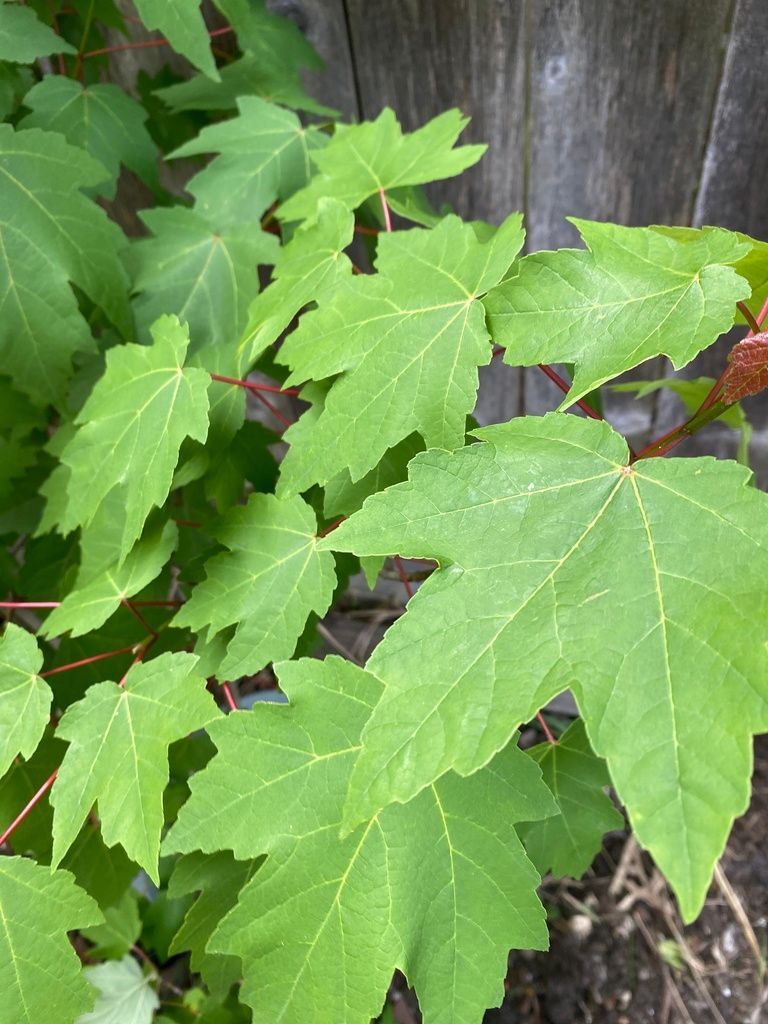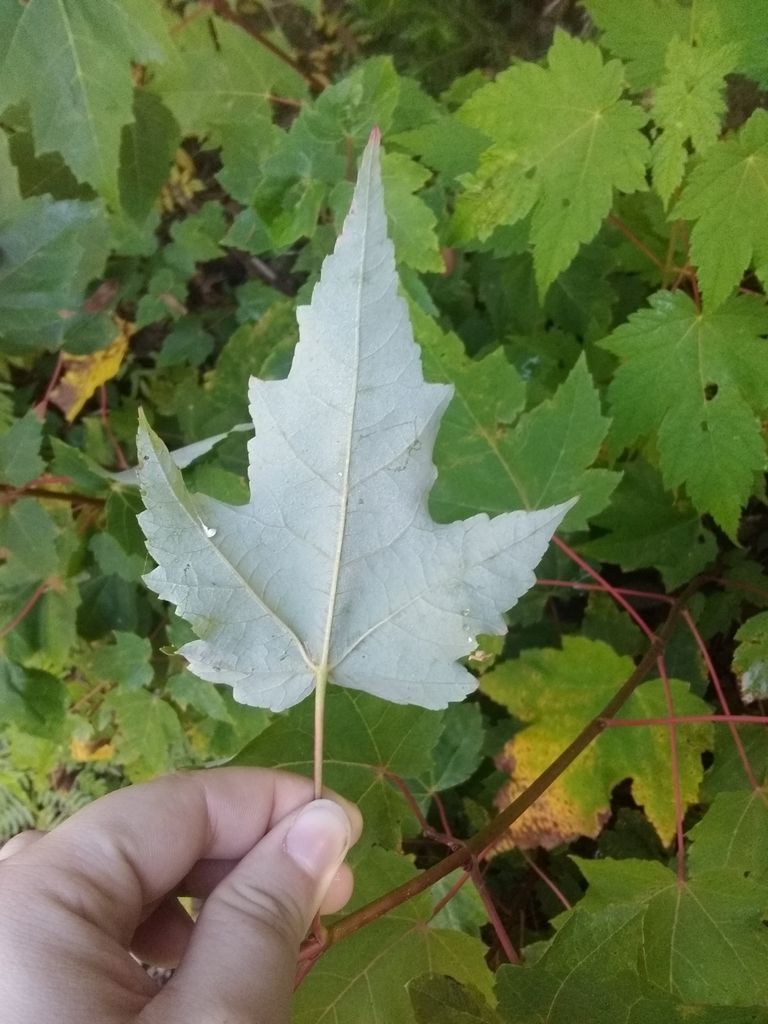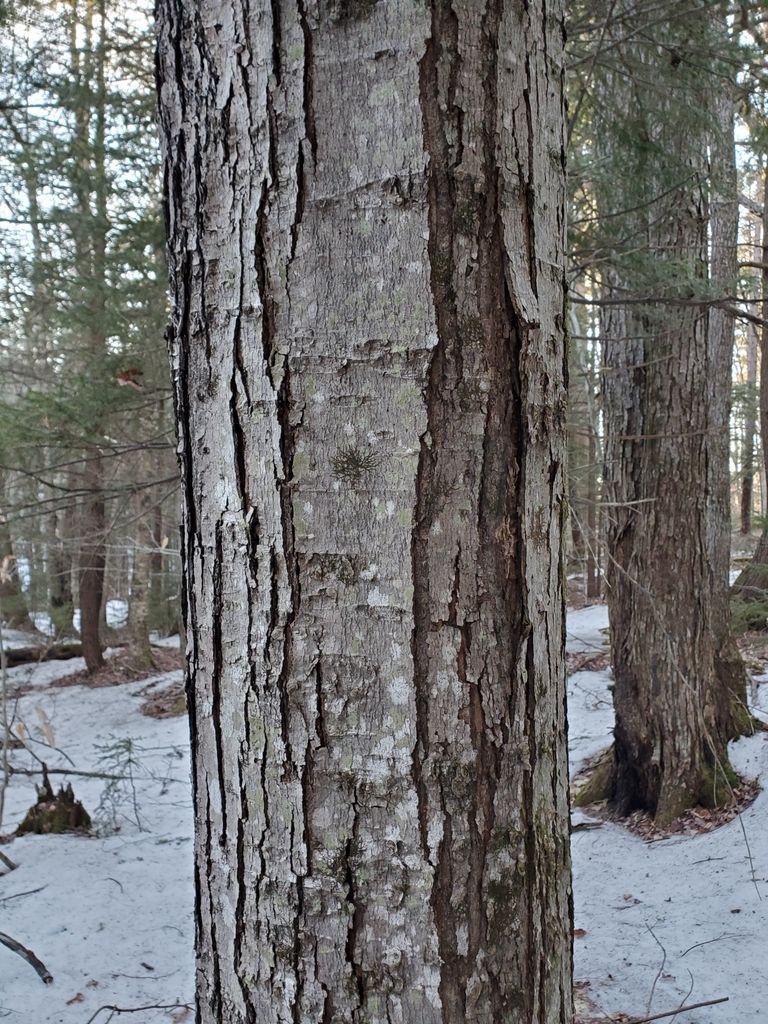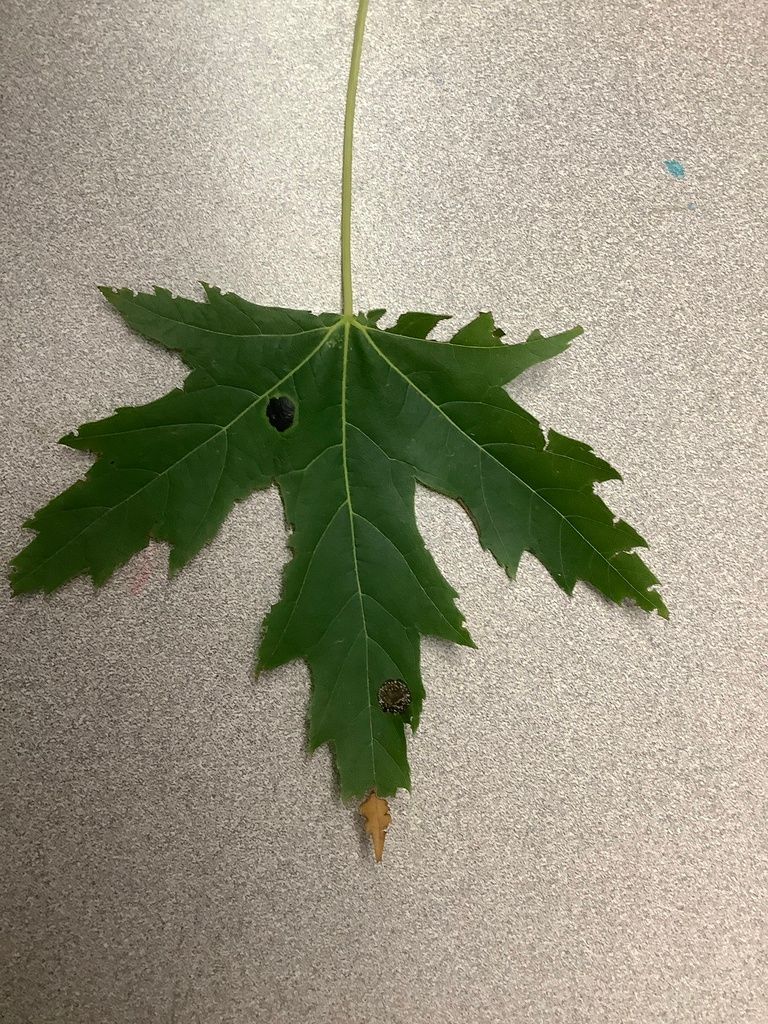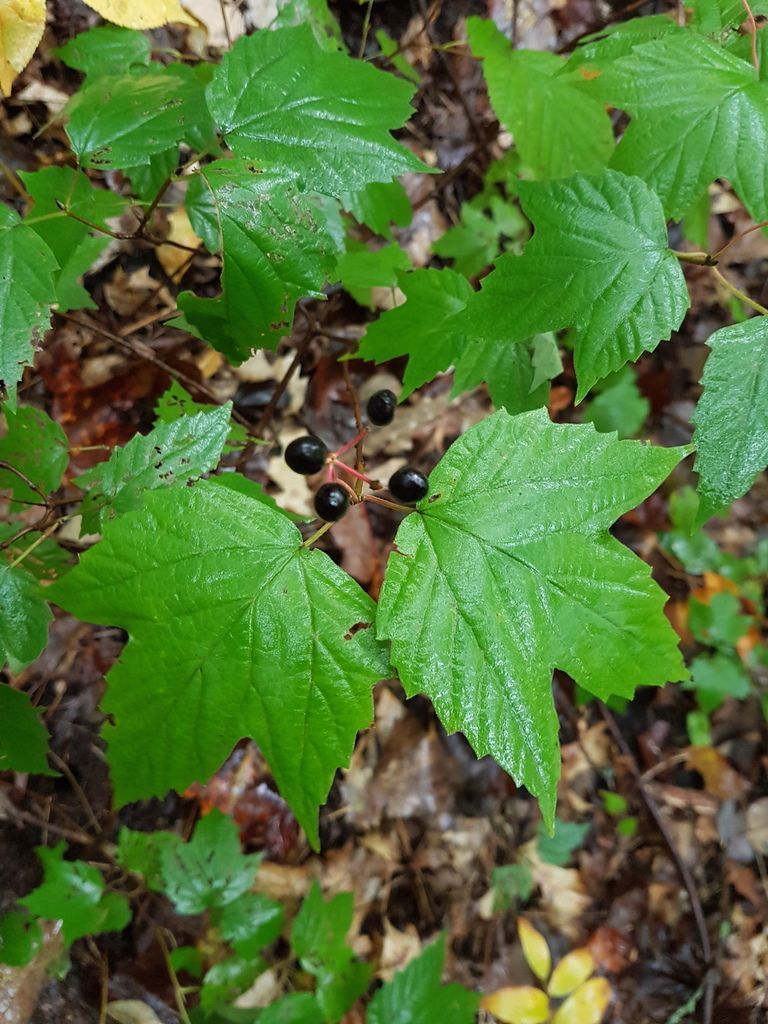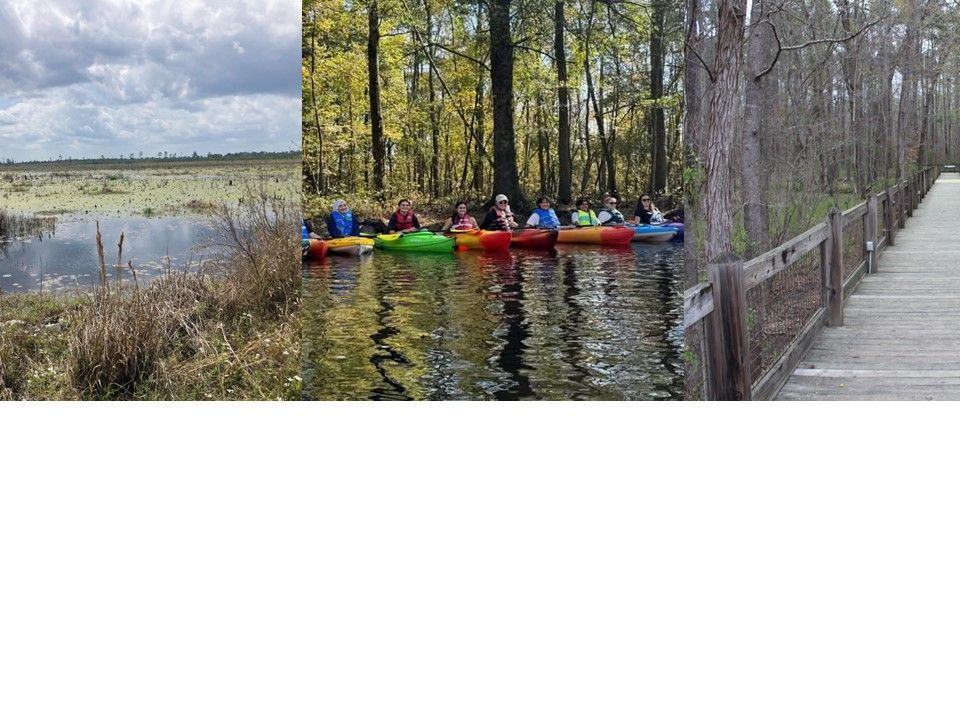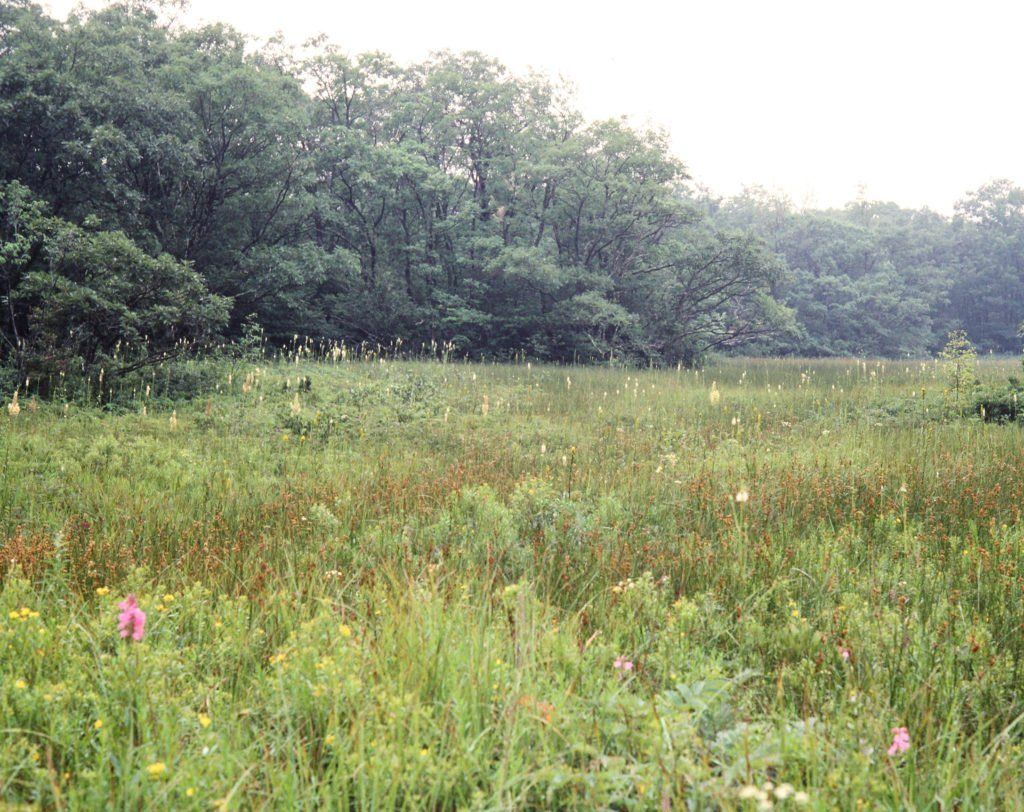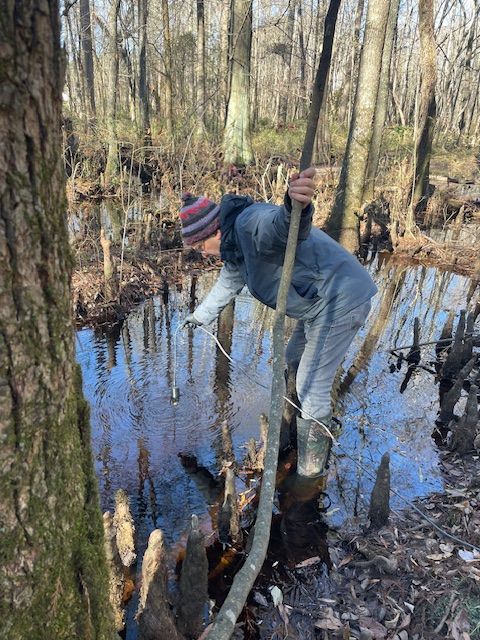Silver maples look similar, but often have shorter trunks, and very deep lobing on leaves. Their twigs also releases a foul odor when broken. Silver maples are less common than red maples, especially in the Atlantic Coastal Plain.
Plant of the Month: Red maple
Red maple (Acer Rubrum)
Red maples (Acer rubrum) are our most commonly observed tree species at our wetland sites! In fact, they are a very commonly observed tree species across the southeastern U.S. They are very versatile trees that can live in all sorts of habitats including wet, dry, high, low, sunny, or shady spots. One of the ways they can survive in such a wide range of habitats is their adaptable roots that can grow deep to find water in drier areas and spread wide in wetter areas. Red maples are often found in wetlands and in the southern parts of their range are sometimes called “swamp maples.”
Red maples attract songbirds, pollinators and provide habitat for over 250 species of moths and butterflies. They can also be used for maple sugar production although the use of sugar maples is more common.
Acer indicates that this tree is part of the maple family: Sapindaceae and rubrum means red! And this maple is red! The flowers are red, the stems (or petioles) of the leaves are red, its twigs are reddish, the fall color is often scarlet, and the fruits can be red too!
Red maples flower early in the spring before it leafs out. It is easy to pick out on roadsides from all of its bunches of tiny red flowers. Its fruit is a samara- where the seed is enclosed at one end of a leaflet. These samaras grow in pairs that give it a great spin when it falls from trees, often thought of as little helicopters!
The leaves are serrate with 3-5 lobes. They are similar to the leaf shape of the maple on the Canadian flag, but much more jagged. They are pale colored on the underside.
The bark is smooth and grey when they are young, but can be scaly as it gets older. This plant has opposite branching, meaning that one branch should always have a twin growing at 180 degrees from it. Of course, in the life of the tree one of the branches might fall off or be damaged, so always check for any opposite branching on the tree. If you can look closely, you might see a scar on the tree where you would expect to see a branch, indicating that there used to be one present.
Red maples can be confused with silver maples (Acer saccharinum) or Mapleleaf viburnum (Viburnum acerifolium), neither of which we have yet identified in our monitoring plots.
Red maples can grow to be 60-90 feet high, so looking closely at branches, flowers, or leaves may be difficult. One way to help you identify such a tree is to look on the ground for fallen leaves, fruits, or young saplings. These can help you to identify the tree as long as you are reasonably sure that they came from the tree you are trying to identify.
We are sure to see some red maples on our monitoring visits, so practice your identification skills in your own neighborhood, by looking at our iNaturalist page, or by joining us to practice using iNaturalist next Wednesday at our iNaturalist practice session.


